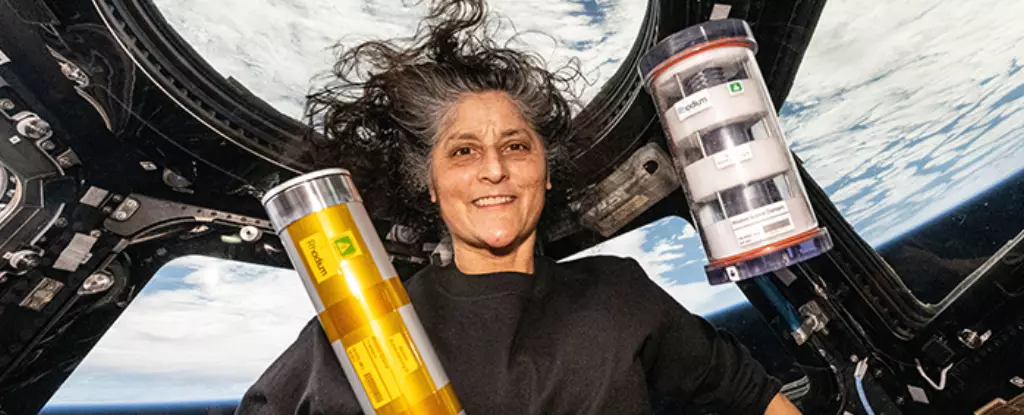In a striking turn of events, two US astronauts, Butch Wilmore and Suni Williams, are experiencing a prolonged stay aboard the International Space Station (ISS) that dramatically surpasses their intended mission timeline. Initially scheduled for an eight-day expedition after arriving in June aboard Boeing’s Starliner spacecraft, both astronauts now face the prospect of remaining in space for an unprecedented nine months. This development highlights the challenges and unpredictabilities inherent in space exploration, sparking discussions about mission planning and spacecraft reliability.
Technical Challenges and Mission Adjustments
The journey to the ISS was fraught with complications, notably issues with the Starliner’s propulsion system that surfaced during the flight. Rather than endangering the astronauts by returning them on a malfunctioning vessel, NASA opted for an alternative route by returning the Starliner to Earth without its crew. This decision reflects NASA’s commitment to the safety of its astronauts, prioritizing their well-being above all. Consequently, the agency arranged for Wilmore and Williams to return aboard the Crew-9 mission, which had already arrived at the ISS in late September aboard a SpaceX Dragon spacecraft.
However, the timeline for their return has shifted significantly. Originally projected for February 2025, NASA has announced that Crew-10 will now not launch before March 2025, resulting in an extended stay for the stranded astronauts. This extended timeline not only stretches the astronauts’ patience but also raises questions about the logistics of crew rotation in the confined quarters of the ISS.
The coordination between NASA and SpaceX underscores a significant evolution in the manner in which human spaceflight missions are managed. As private sector players like SpaceX take a more active role in crew transportation, the complexity of mission schedules and the fostering of contingencies, like the current extended stay of Wilmore and Williams, become of paramount importance. Every mission adds to the institutional knowledge required for effective future planning, ensuring the safety and comfort of astronauts in orbit.
NASA’s decision to enact a “handover period” acknowledges the importance of smooth transitions between crews, especially when dealing with spacecraft processing delays. As Crew-10 prepares to launch with a newly modified Dragon spacecraft, this adjustment period will also provide an opportunity for Crew-9, along with Wilmore and Williams, to effectively transfer their responsibilities and experiences to the newcomers.
The extended duration of Wilmore and Williams’ mission offers a unique perspective on long-duration spaceflight, as it stretches beyond initial expectations. Such scenarios are vital for understanding the psychological and physiological impacts on astronauts living in microgravity for prolonged periods. NASA and other space agencies worldwide are continually studying these effects, ensuring that future missions, including those to Mars, are informed by these experiences.
While the unexpected extension of astronauts’ missions poses challenges, it simultaneously provides invaluable insights and learning opportunities that will shape the future of human space exploration. The resilience and adaptability displayed by crews in these extreme circumstances will serve as a foundation for advancing the bold frontiers of space, underscoring the spirit of exploration that drives humanity to venture into the cosmos.

